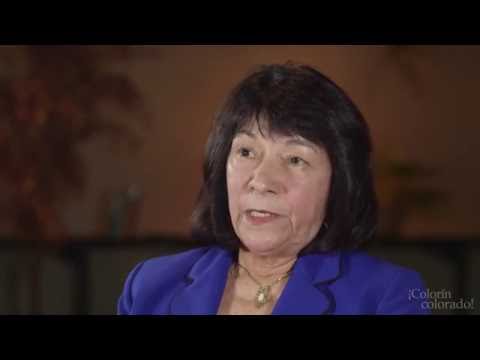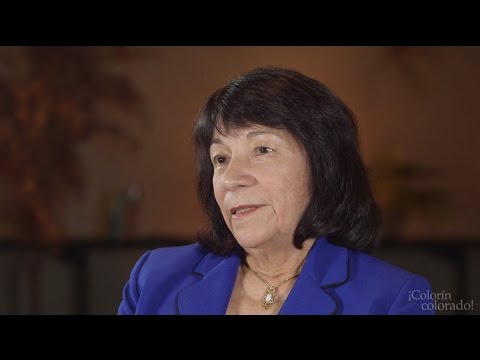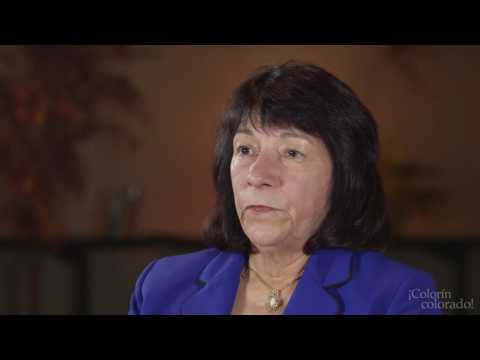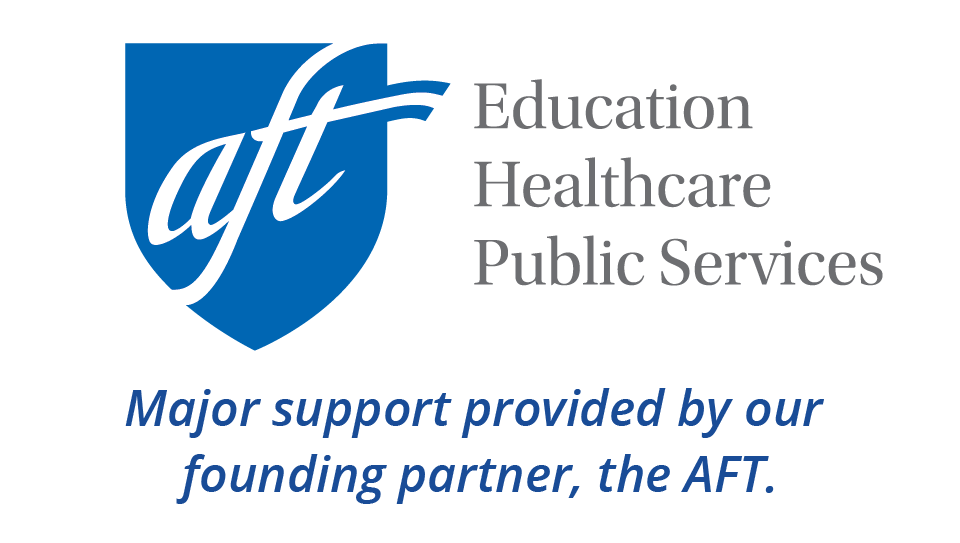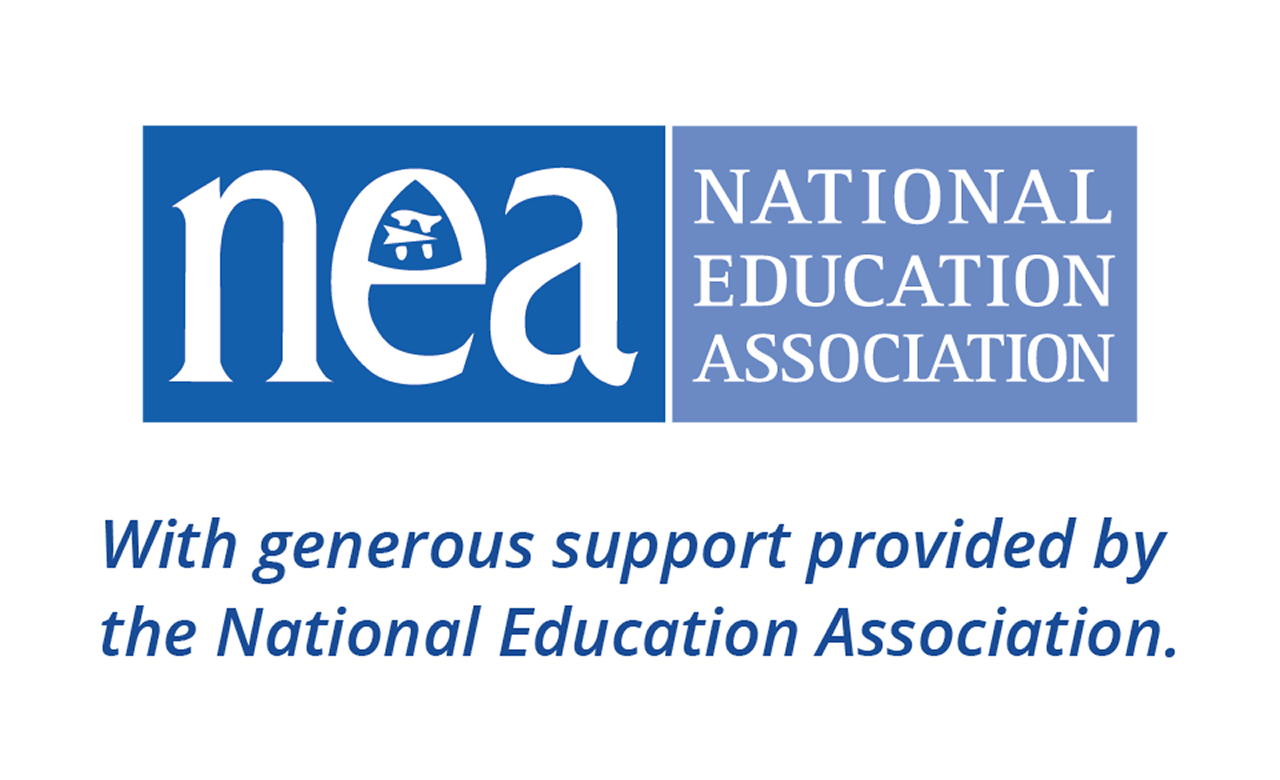Challenges in Special Education Identification for ELLs

There are a number of reasons why English language learners (ELLs) end up in special education programs even when it's unnecessary; there are also a number of reasons why ELLs may not receive the services they need for disabilities. This section explores the decisions and assumptions that can lead to the under- and over-identification of ELLs in special education.
Featured Articles
- 5 Myths About English Language Learners (ELLs) and Special Education
- Q&A with ELL Teacher Dr. Muhibullah Abdur-Rahman
- IDEA and English Language Learners
- The Over- and Under-Identification of ELLs in Special Education
Related Video
Over- and under-identification of ELLs with disabilities
ELLs with special education needs are entitled to both ELL and special education services
Problems with special education identification rates for ELLs
Problems will appear across languages
The relationship between special education and ESL
Student scenario for over-identification: Li
Are students getting the services they need?
Are the majority of students successful?
Over-identification: Why ELLs may be referred to special education too soon
Under-identification: Why ELLs may not get the special education services they need
Variation of disability rates by state
Research and Reports
Recommended Resources
Who Are English Language Learners with Disabilities? (Impact: University of Minnesota, 2013)
Acknowledgements
This resource section was made possible through our partnership with the National Education Association. Additional support was provided by the American Federation of Teachers.









